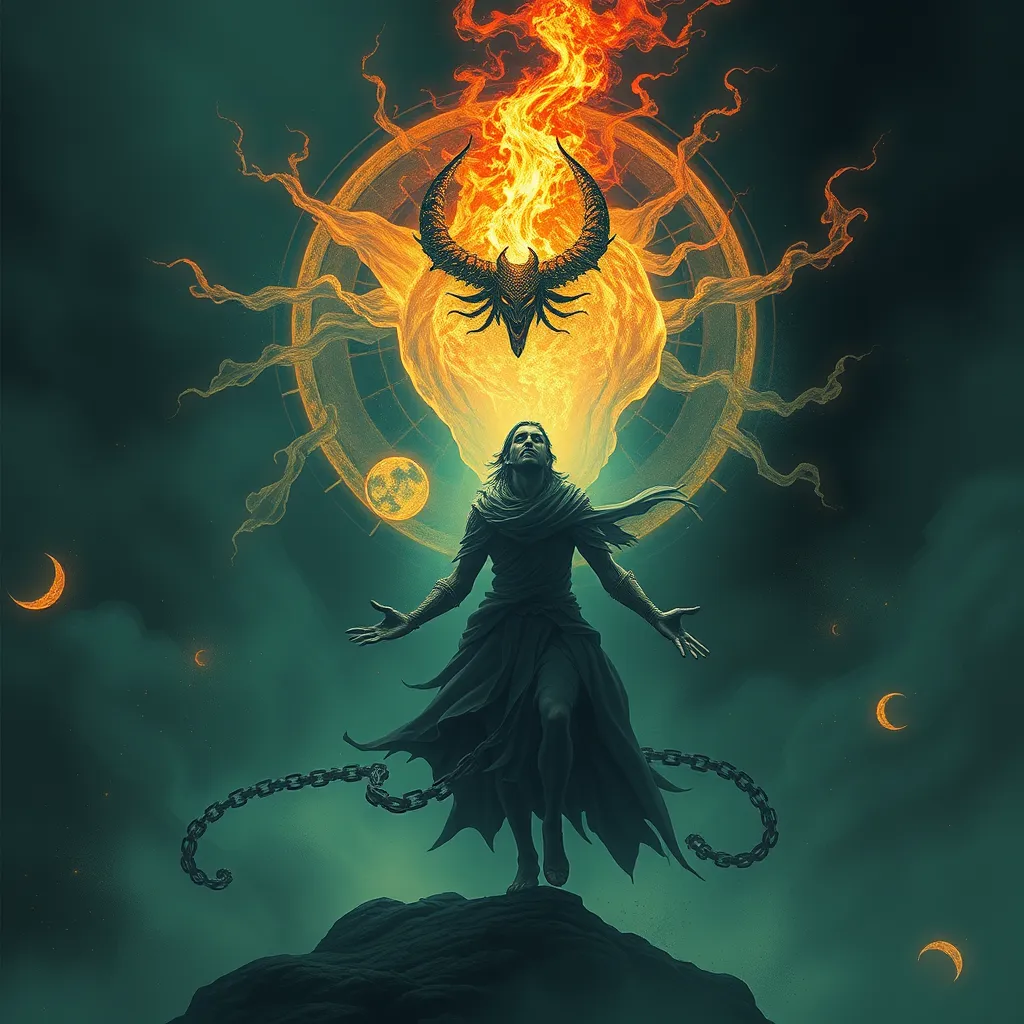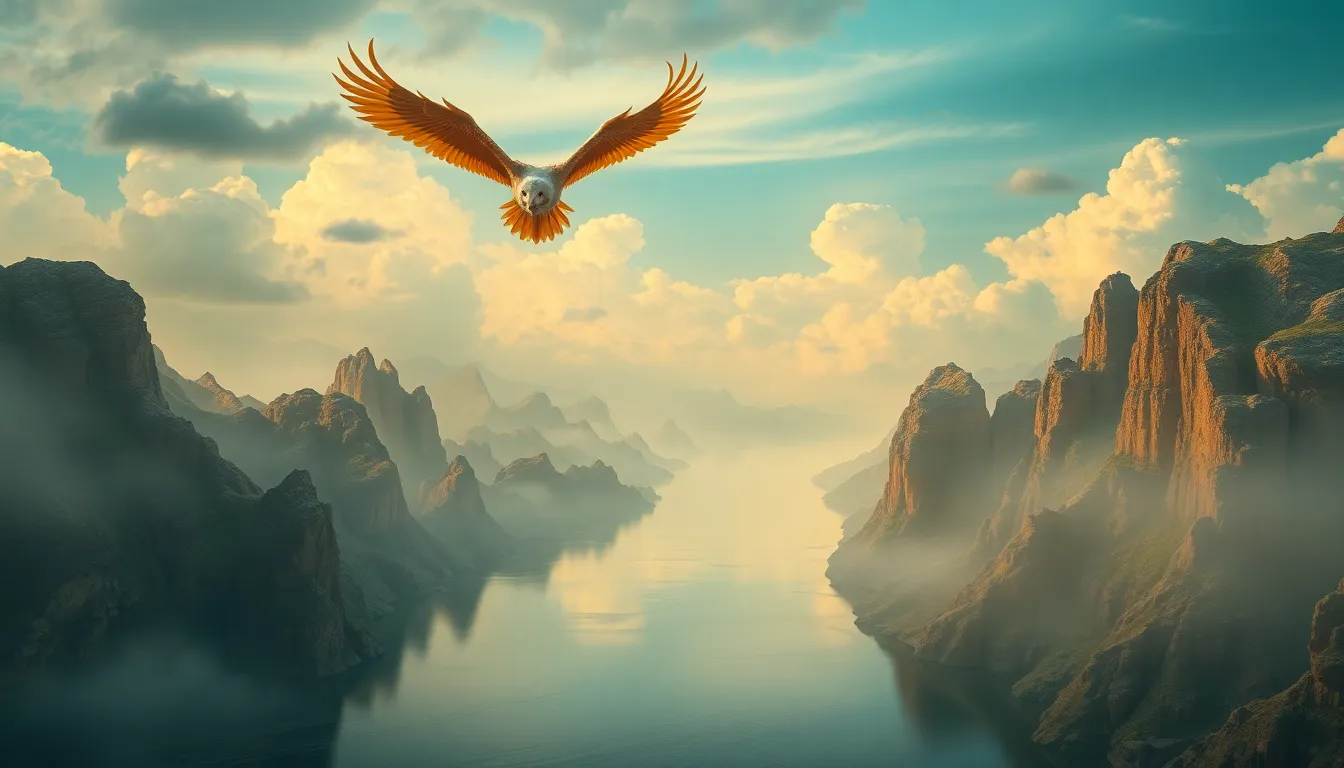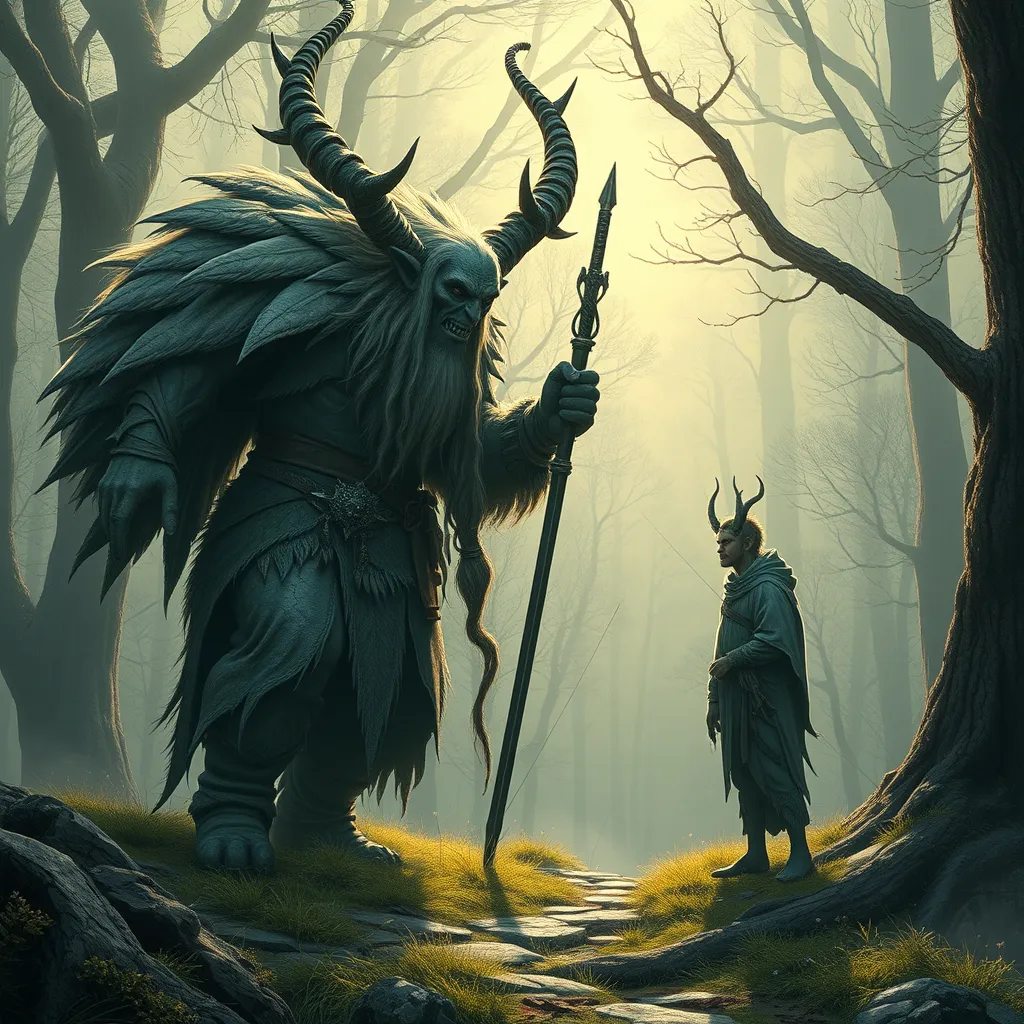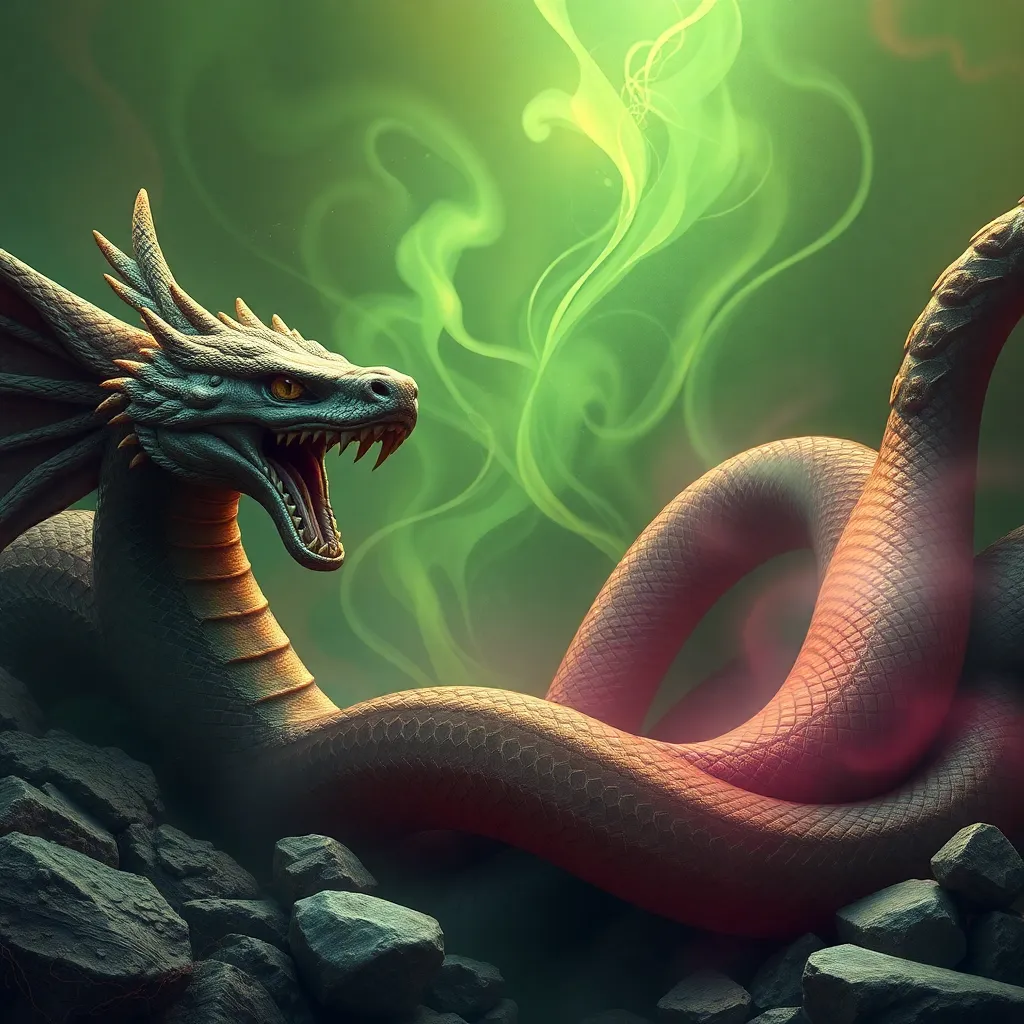Jinn in Modern Literature: From Fantasy to Horror
I. Introduction
The concept of Jinn, mystical beings that occupy a significant place in various cultures, particularly in Arabian folklore, has transcended time and continues to influence modern literature. These entities, often depicted as spirits capable of both benevolence and malevolence, have evolved from their ancient roots into complex characters in contemporary narratives. This article aims to explore the evolution of Jinn in modern literature, illustrating their transitions from whimsical figures in fantasy to terrifying manifestations in horror.
Understanding the representation of Jinn in literary genres is essential as it reflects broader cultural narratives, fears, and societal issues that resonate with readers today.
II. Historical Background of Jinn
The origins of Jinn can be traced back to pre-Islamic Arabian mythology, where they were considered nature spirits or deities associated with various elements such as wind and water. These beings were often viewed with a mix of reverence and fear, embodying the unpredictable forces of nature.
With the advent of Islam, Jinn were incorporated into religious texts, notably the Quran, which describes them as beings created from smokeless fire. Islamic folklore further enriched the narratives surrounding Jinn, depicting them as creatures with free will, capable of both good and evil deeds.
In literature, early depictions of Jinn appeared in classic texts such as “One Thousand and One Nights,” where they were portrayed as powerful entities that could grant wishes but often came with unexpected consequences. This duality laid the groundwork for their representation in later works.
III. Jinn in Fantasy Literature
In contemporary fantasy literature, Jinn are often reimagined as complex characters with diverse traits and abilities. Unlike their traditional portrayals as malevolent spirits, modern depictions can range from helpful allies to tragic figures.
A. Characteristics of Jinn in Fantasy Narratives
- Magical abilities, often tied to the natural elements.
- Complex personalities that reflect human emotions and motivations.
- Interactions with humans that often lead to adventures or moral lessons.
B. Notable Examples of Jinn in Contemporary Fantasy
Several works have prominently featured Jinn in fantasy settings:
- The Bartimaeus Trilogy by Jonathan Stroud: A unique take where Jinn, or “djinn,” serve as magical beings bound to human masters, showcasing their wit and complexity.
- The Golem and the Jinni by Helene Wecker: This novel intertwines Jewish and Arab folklore, presenting a Jinni character that grapples with its identity in a new world.
C. Themes of Magic, Wish Fulfillment, and Adventure
In fantasy literature, Jinn often embody themes of magic and wish fulfillment. Their ability to grant wishes presents opportunities for characters to explore their desires, but these narratives frequently highlight the consequences that accompany such power. The adventures that unfold often serve as metaphors for personal growth and self-discovery.
IV. Jinn in Horror Literature
In stark contrast to their portrayal in fantasy, Jinn have also found a place in horror literature, where they are transformed into figures of dread and terror.
A. Transformation of Jinn into Figures of Fear and Dread
Modern horror narratives often depict Jinn as malevolent beings that prey on human fears, reflecting societal anxieties about the unknown and the supernatural.
B. Key Works that Feature Jinn in Horror Contexts
Several notable horror stories highlight the Jinn’s darker aspects:
- The Wrath of the Witches by A. C. Wise: This collection includes tales where Jinn are woven into narratives of vengeance and fear.
- The Jinn in the Night by A. M. K. Frances: This novel delves into the psychological horror of Jinn encounters, emphasizing the terror of losing control.
C. Psychological and Societal Implications of Jinn as Horror Elements
Jinn in horror literature often serve as reflections of psychological fears and societal issues, such as the struggle with identity, cultural displacement, and the fear of the unknown. They embody the darker aspects of human experience, making them powerful symbols in contemporary horror narratives.
V. Cultural Representation and Interpretation
The portrayal of Jinn varies significantly across cultures and literary traditions, reflecting diverse interpretations and significances.
A. Differences in Portrayal Across Various Cultures and Authors
Authors from different backgrounds have depicted Jinn uniquely, influenced by their cultural contexts. For instance, Middle Eastern authors may emphasize traditional aspects, while Western authors might favor more fantastical interpretations.
B. The Role of Jinn as Metaphors for Contemporary Issues
- Identity crises: Jinn can symbolize the struggle for personal and cultural identity in an increasingly globalized world.
- Anxiety: The unpredictable nature of Jinn mirrors contemporary anxieties about the future and the unknown.
C. The Impact of Cultural Appropriation in Modern Depictions
The representation of Jinn in literature often raises questions about cultural appropriation, as authors from outside the cultures that traditionally feature Jinn may misrepresent or oversimplify their significance, leading to a loss of authenticity.
VI. Jinn in Popular Media
Beyond literature, Jinn have made significant appearances in various forms of popular media, including film, television, and video games.
A. Exploration of Jinn in Film and Television Adaptations
Films and TV shows often adapt the Jinn mythology, sometimes emphasizing horror elements or portraying them as magical beings. Examples include the movie “Wish Upon a Lamp,” which presents a more whimsical take on Jinn, contrasting with darker adaptations like “The Possession of Hannah Grace.”
B. Influence of Video Games and Graphic Novels on Jinn Mythology
Video games such as “Assassin’s Creed” and graphic novels frequently incorporate Jinn into their narratives, blending mythology with interactive storytelling, which further shapes public perception of these beings.
C. Comparison of Media Representations to Literary Portrayals
While literary portrayals of Jinn often delve into their psychological and emotional complexities, media adaptations tend to focus more on visual effects and entertainment value. This disparity highlights the need for nuanced storytelling in popular adaptations.
VII. Reader Reception and Impact
Reader engagement with Jinn narratives varies depending on their portrayal in fantasy versus horror contexts.
A. Audience Perception of Jinn in Fantasy Versus Horror
In fantasy, Jinn are often embraced as magical figures that evoke wonder, whereas in horror, they elicit fear and discomfort, reflecting the duality of human experience.
B. The Influence of Modern Jinn Stories on Popular Culture and Folklore
Contemporary Jinn stories have reinvigorated interest in folklore, inspiring new generations to explore traditional narratives and their meanings.
C. Reader Engagement with the Themes of Jinn in Contemporary Narratives
Readers are increasingly drawn to themes of identity, anxiety, and the supernatural in Jinn literature, finding relevance in their own lives and contemporary issues.
VIII. Conclusion
The representation of Jinn in modern literature reflects a rich tapestry of cultural narratives and fears, evolving from ancient myths to complex characters in contemporary stories. As Jinn continue to inhabit both fantasy and horror genres, their significance in understanding human experiences remains profound.
Looking ahead, the future of Jinn in literature may further explore their multifaceted nature, addressing contemporary concerns while honoring their historical roots. Ultimately, the study of Jinn enriches our understanding of cultural narratives and the fears that shape our world.



